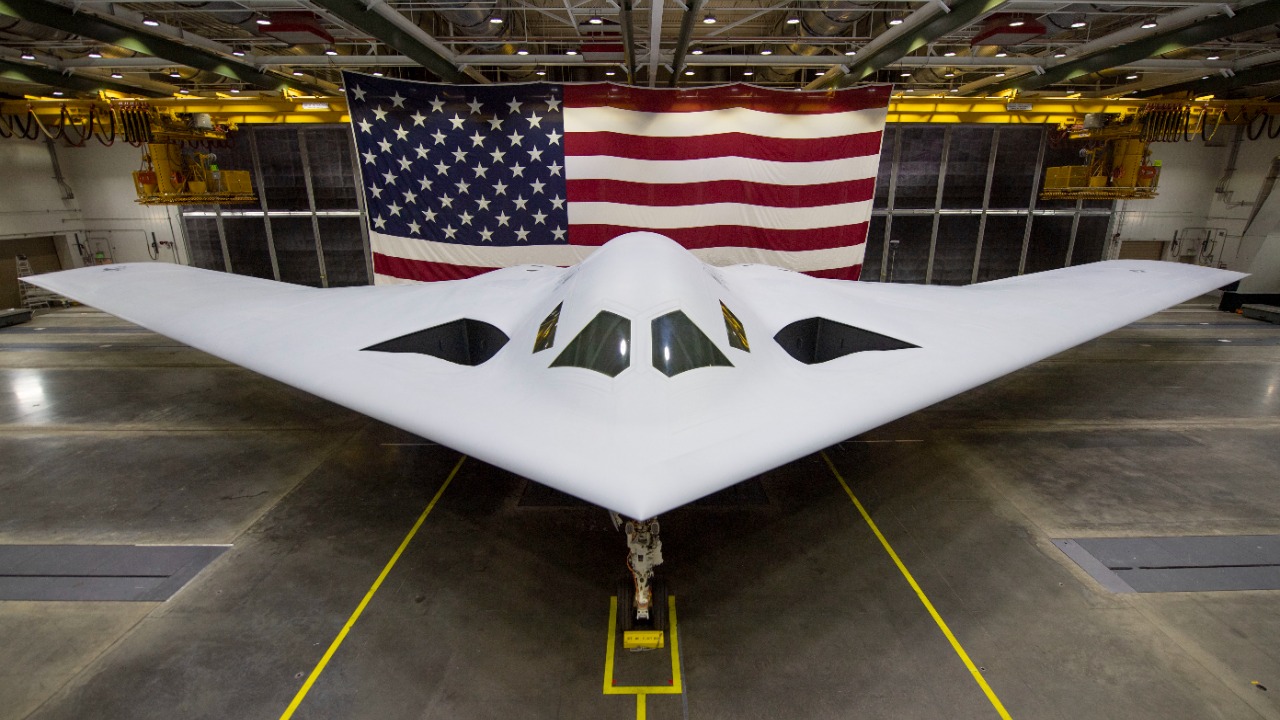
The B-21 Raider, a stealth bomber developed by Northrop Grumman Corp under the leadership of CEO Kathy Warden, is more than just a bomber—it’s a flying battle manager. Unveiled by the Pentagon in 2022, this long-range strategic asset integrates advanced command and control systems to orchestrate multi-domain operations in contested environments, marking a significant evolution in air warfare.
Development History and Secrecy
The B-21 Raider’s origins can be traced back to a secret development program initiated by the Pentagon. Northrop Grumman Corp, under the guidance of CEO Kathy Warden, was selected as the prime contractor, leveraging its expertise in stealth technology to create a bomber capable of evading advanced air defenses. The program’s progress was shrouded in secrecy, with key details classified until the bomber’s public debut in 2022—a strategic decision linked to national security priorities amid rising tensions with adversaries like China.
CEO Kathy Warden has spoken about the program’s progress, emphasizing how it builds on decades of stealth expertise while incorporating modern digital engineering to reduce costs and accelerate production. This approach has allowed Northrop Grumman to deliver a cutting-edge platform that is expected to play a crucial role in future conflicts.
Pentagon Debut and Initial Revelations
On December 2, 2022, the B-21 Raider was unveiled at Northrop Grumman’s Palmdale facility by Defense Secretary Lloyd Austin. The bomber was presented as a sixth-generation platform capable of penetrating denied airspace, a critical capability in the face of potential World War 3 scenarios. The Pentagon’s messaging highlighted the bomber’s nuclear stealth features, emphasizing its role in deterring potential conflicts, particularly in hypersonic threat environments.
Industry leaders, including Kathy Warden, reacted positively to the bomber’s unveiling. Warden described the B-21 as a cornerstone of U.S. airpower for the next 50 years, underscoring its strategic importance in maintaining the country’s military edge.
First Flight Milestone
The B-21 Raider achieved its first flight on November 10, 2023, marking a significant milestone in the program’s development. The flight, which lasted approximately 30 minutes over California skies, validated the bomber’s stealth design and flight controls. The successful test demonstrated the aircraft’s stable performance, paving the way for further envelope expansion.
The maiden flight was conducted from Air Force Plant 42 in Palmdale, with Northrop Grumman test pilots at the controls. Following the test, the aircraft was transitioned to Edwards Air Force Base for subsequent evaluations, marking the next phase in the bomber’s development.
Comparison to the B-2 Spirit
While the B-21 Raider shares some similarities with the B-2 Spirit—another Northrop Grumman product—it is not simply a “B-2 Spirit 2.0”. The B-21 is smaller in size, features an open systems architecture, and is designed with an emphasis on affordability, with plans for a fleet of at least 100 aircraft. Unlike the B-2, which has analog limitations that drove up maintenance costs, the B-21 boasts an advanced digital backbone that allows for rapid upgrades.
Both aircraft share a stealth heritage, including flying-wing designs, but the B-21 integrates modern sensors for beyond-visual-range operations. This combination of stealth and advanced sensor technology gives the B-21 a significant advantage in contested airspace.
Role as a Flying Battle Manager
One of the most significant features of the B-21 Raider is its ability to function as a flying battle manager. Its advanced command-and-control capabilities enable it to act as a high-altitude node, linking fighters, drones, and satellites in real-time battle management. This allows the B-21 to extend the reach of joint forces without risking manned assets.
The B-21’s onboard systems can process data from multiple domains to direct strikes and electronic warfare. Furthermore, its interoperability with other Air Force assets, such as the F-35, positions the B-21 as a quarterback for contested airspace operations, enhancing the effectiveness of the entire force.
Strategic Context Against Emerging Threats
The B-21 Raider’s design is particularly relevant in the context of emerging threats, such as China’s advancements in stealth technology. Regardless of whether China’s new J-36 stealth jet functions as a fighter or a bomber, the B-21’s capabilities position it as a formidable countermeasure. Its long-range payload is ideal for Pacific theater missions, and its integration of hypersonic weapons matches adversary speeds.
The B-21’s stealth and networking capabilities ensure its survivability in high-threat environments, such as those projected in a potential conflict with China. This enhances U.S. deterrence capabilities, ensuring that the country can respond effectively to any threat.
More from MorningOverview